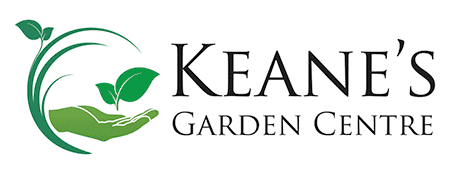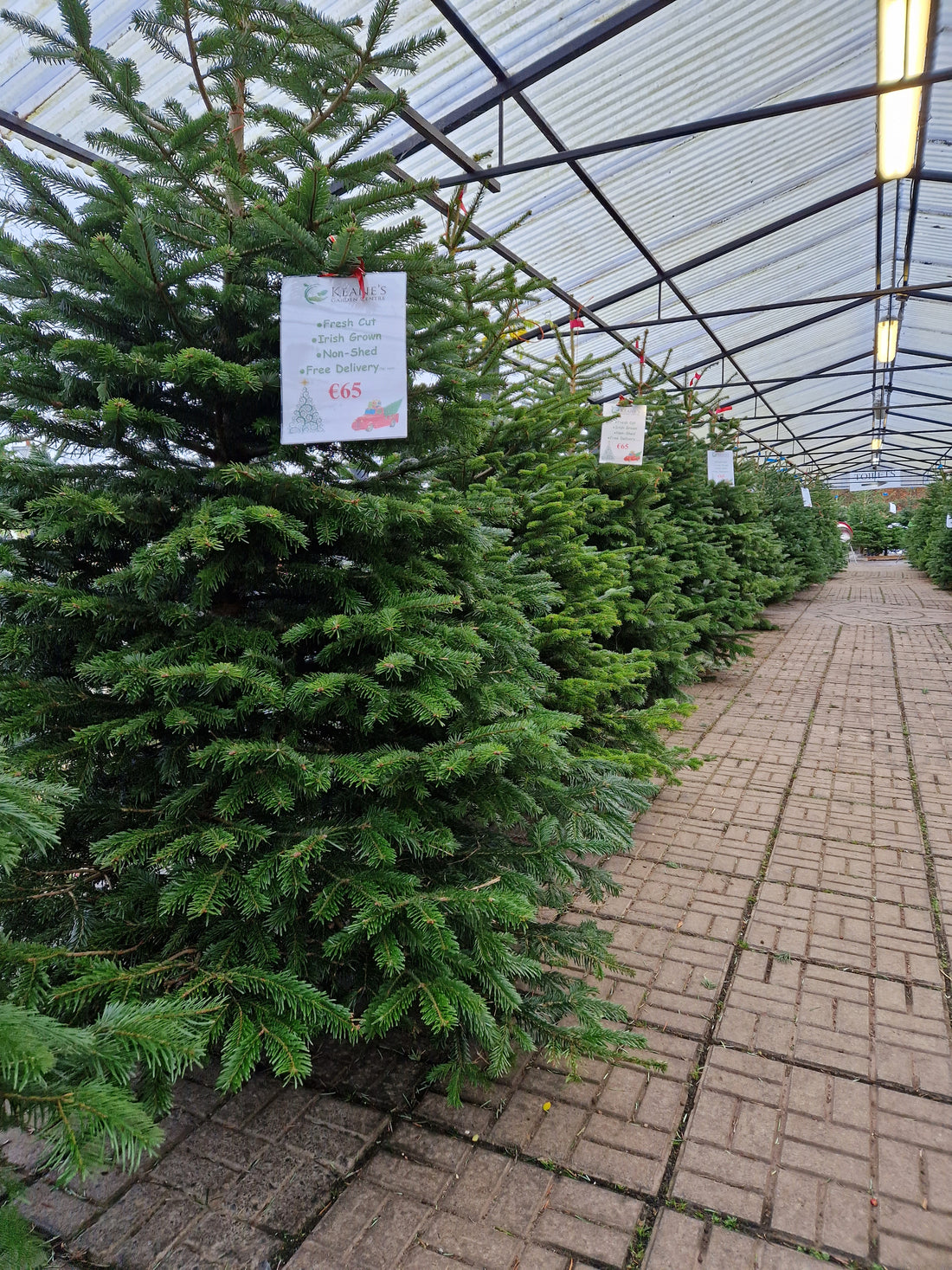At this time of the year lots of plants, particularly deciduous plants, go dormant with the growth rate slowing right down which allows plants to be lifted from the ground without harming them. Bareroot plants are plants that have been grown in the open ground and then lifted to be transplanted during the dormant season. This is generally between November and March and means that plants are ‘sleeping’ or dormant before coming back into growth, when the weather warms up in Spring. There are many advantages to buying bareroot; without the need for pots and extra compost they are a more cost effective option, especially when buying in bulk for hedging.
Producing bareroot plants also requires less resources at the nursery. Bareroot plants need less fertiliser, less water and less plastic, making them more environmentally friendly. They take up less space than potted plants, making them easier and cheaper to transport, again environmentally friendly. Bareroot plants are also easier to transplant, and having had a chance to set down roots while still dormant, are usually in a great position for growth come Spring. A little care must be taken when handling bareroot plants, as it is important not to let the root dry out completely, or get too exposed to the elements. They can be kept in bags for seven to ten days once stored in cool, dark conditions, but ideally, should be planted as soon as possible. Roots should be wet before planting to retain moisture and give the plant the best possible start. You can soak them in water prior to planting to achieve this. When choosing the size of bareroot hedging plants, cost, maintenance and purpose are usually the deciding factors. While 1-2ft plants will be cheaper than 4-5ft, more care is required to ensure that smaller plants are clear of weeds, competing for nutrients necessary for growth. It will also take several years for smaller plants to reach the same maturity in terms of size and growth, as the larger version of the same variety. Medium sized bareroot hedging (2-3ft and 3-4ft) plants are a popular choice based on the fact that they are small enough to be economical, but big enough not to be bothered by weeds. At this stage, they are usually more stable than the smaller versions, but still not too cumbersome to plant.
Larger bareroot hedging plants are the most popular choice for hedging, giving instant impact, without having to wait the years it would take smaller plants to reach the same growth. Larger sizes will require larger holes in the ground for planting and may also need to be checked from time to time, to make sure they are not getting loose in the ground.
The general rule is to plant three plants per metre for a single row, and six per metre for a double, staggered row. This will provide a decent, thick hedge to mark a boundary or provide screening. Young plants and shrubs need plenty of moisture. They should not be allowed to dry out completely, but it's important not to let them get waterlogged either.
Check soil moisture by digging your finger into the soil around the root system. If it feels dry it needs water. There is no need for fertiliser until Spring, we recommend waiting until after St. Patrick’s day, but buy some feed at the same time of buying your hedging so that you have it to hand when needed. So whatever hedging you are planting, whether it be Beech, Hornbeam, Hawthorn or Blackthorn or plenty of our other plants the advice is pretty much the same. Before planting, prepare the ground by removing any weeds and dig the soil over 1 ft each side of the hedge line and shake on some bonemeal to encourage good rooting. Dig a trench as deep as the roots of the plants, using a taut line you can ensure you keep your trench straight. Plant your plants at about 1.5 feet apart or 3 per meter and make sure the plants are at the same depth that they were previously planted and tread your soil and a mix of compost around the roots making sure to fill any large air pockets. Once your plants are securely in place give them a good soaking. If there is any prolonged dry weather over the next couple of years make sure your plants are really well watered. You can apply a bark mulch to help prevent weeds and this also helps to prevent your soil from drying out. Beech hedging is very popular at this time of year when it’s available as a bareroot plant - green beech or purple beech, sometimes called copper beech are what people mostly plant - either all of one variety or a mix of green and copper together. Beech is an excellent choice for around a house and can look really good if it’s clipped and shaped and it provides shelter and a mix of colour all year round. In Summer it will be a nice glossy green or purple colour, changing in Autumn to beautiful orange and yellow colours and then, in Winter the leaves die but stay on the plant with a brown colour that holds on until the new leaves arrive in Spring. Crataegus or Hawthorn which is one of our most common hedgerow species and is most often sold as a bare root plant from now to around early March, weather dependent, in bare root form while they are still dormant. Hawthorn will tolerate coastal exposure and will grow in any soil unless it’s very wet and is happy in sun or partial shade. In May the branches are covered in beautiful white flowers and in Autumn lots of red berries or “haws'' making it a very important plant for supporting wildlife. So if you are considering a new hedge, now is a great time to select some of the varieties that are available as bareroot plants and there’s usually a choice for most situations.
A few jobs for the week ahead;
- Keep those garden Song Birds in mind - put out a good mix of different bird feed to attract a diverse range of birds - they’ll certainly appreciate it in this cold weather.
- Plant Garlic, Winter Onion sets and Shallots for an early harvest next year - keep an eye on weeds and keep them under control around the vegetable beds before they become established.
- Christmas Trees have arrived - we get some excellent Irish grown non shed trees - and we’ll have some of our own handmade wreaths in a couple of weeks - if you need us you know where we are!

